I knew when I decided to blog and teach about agriculture and our food supply, that one day I would have to write about organic ag. I knew it, but I was terrified. Am terrified. There’s a lot of emotion surrounding organic agriculture. There’s a lot of conflict, which I typically run from. Then I went and made a poll about my next blog topic, with organic as an option. It won, and now I have to write about it. I brought this upon myself.
Before I begin this post, I want to make a disclaimer. You should know that I grew up on, and currently work on, a conventional farm. I also spent 5 and a half years working for one of the largest agricultural pesticide companies in the world, Syngenta. Nearly every dollar I have ever made has been funded by conventional agriculture.
This post isn’t going to be knocking or disparaging organic agriculture, but I never, ever want to give you a reason to doubt or distrust me. I don’t want it to seem like I am hiding something in order to make you believe the information I share. I want to be open and honest about where I’m coming from. There you have it: I am pro conventional agriculture. I am also pro organic agriculture. Because I am pro agriculture, and everything has its place.
The Organic Discussion is Kind of Huge
Before I started writing this post, I made an outline, which I typically don’t do. Usually, I research, start writing, and then see where the keyboard takes me. This time, I created an outline of all the things that were important to the overall discussion of “What is organic ag and organic food?” Then I started writing.
I got 1,000 words in and wasn’t even halfway through my outline. So, guess what? You’re getting an organic series! Exciting, right!? Today, you’re going to read about the “culture” side of organic agriculture. The practices and production methods that are used. Next week, we are going to move more toward the side that impacts you. We’ll cover what the different organic labels mean that you see at the store, the difference between organic and conventional pesticides, and the dollar side of organics. After that, we’ll move into organic nutrition and some other hot organic topics.
Now, let’s get into it. What is organic?
It’s About Chemicals, Right?
I have heard the sentence “Organic means no chemicals” far too many times in my life, for a few reasons. First, because, as I talked about in this post, everything on this planet is made up of chemicals. Second, organic ag can/does use pesticides (which is what people are mostly referring to when they say “chemicals”). And third, organic ag is about more than pesticide use.
According to the USDA, “Organic is a labeling term for food or other agricultural products that have been produced using cultural, biological, and mechanical practices that support the cycling of on-farm resources, promote ecological balance, and conserve biodiversity in accordance with the USDA organic regulations.” In 1990, the Organic Foods Production Act created standards for organic production and authorized the creation of the National Organic Program within the USDA. They are responsible for the development and enforcement of those regulations, which are, again, about much more than pesticides.
It’s Not Just Fruits and Veggies
Organic standards exist for growing crops, raising livestock, and processing. Processing refers to all activities outside of the actual production of crops or animals. Cooking, drying, repackaging, separating, slaughtering livestock, baking, etc. are all processing and handling activities. Each of these three areas (crops, livestock, and processing) have different regulations and require individual certification of meeting organic regulations.
I’m going to only be talking about the crop side of things from here on out. Processing and livestock production, along with their regulations, are so different that it doesn’t really make sense to lump them together.
Organic Crop Production Regulations
The rules and regs are pretty extensive. They are 86 pages and 32,000 words. That’s a bit too deep for a blog, so I’m going to be summarizing. This document is probably a happy medium between my summary and the full text.
The definition above pointed out that organic ag is about the cultural, biological, and mechanical practices that go into producing a crop. There are rules for all the stages of the process, from the seeds to be planted, to the postharvest treatment of the crop, and most everything in between. I’m going to call out a few of those practices:
Seeds
Regulations call for organic seeds to be used, unless there is no availability of the seed that is needed. Conventional seeds can then be used, as long as they are proven to not be genetically modified or treated with prohibited products.
Fertilizer
Soil fertility is really important in agriculture and there are regulations for how organic farmers can improve the fertility of their soil. That 86 page doc says “The producer must manage crop nutrients and soil fertility through rotations, cover crops, and the application of plant and animal materials.”
Farmers are encouraged to use compost or grow crops that add nutrients to the soil while growing and when they are incorporated back into the soil as organic matter. They can apply raw animal manure to their fields, as long the manure is incorporated into the soil of food crops well before harvest. Incorporation has to happen at least 120 days before the crop is harvested, if the edible portion touches the soil and at least 90 days before harvest if the edible part doesn’t touch the ground. Lettuce fields would be 120 days, while apple orchards would be 90 days, for example.
Other products may be used for fertilization, as long as they are on the National List of Allowed and Prohibited Substances. They should only be used in certain circumstances, like when the encouraged methods are not providing the needed results.
Crop Rotation
Rotating crops in general, is great for the soil, especially when crops like legumes – alfalfa, peas, beans, and clover, among others – are used. These crops fix nitrogen into the soil that future crops benefit from. Rotation also helps with insect and disease suppression, along with building organic matter in the soil.
Pest Management
Organic regulations talk about pest management (of insects, weeds, diseases, etc.) in a levels system. The first level uses a more biological approach and cultural practices that hopefully keep pests from ever becoming a problem. That means crop rotation, soil health, etc. Level two is mechanical or physical responses, like weeding, plastic barriers over the soil, grazing, flaming, insect trapping, etc. Level three, which should only be used if the pest problem can’t be prevented or fixed with levels one and two, is applying products that are on that National List. And to be clear, that includes pesticides. More on that next week.
It All Works Together
These farms are supposed to create an Organic System Plan each year that is basically a one year growing plan. It includes the crops they intend to grow, the methods they intend to implement, the products they intend to use, and more. And intention is the name of the game in farming. No matter how well you plan, the year will go differently. It’s called life. And Mother Nature.
Concluding Part One
Hopefully after reading that, you have a better sense of what organic farming means, beyond the oft repeated claim of “Organic doesn’t use chemicals.” Honestly, outside of the restriction standpoint – “you can only use y if x doesn’t work,” it sounds a lot like…farming. All farming.
And that’s something I really want to call out. These practices are not exclusive to organic agriculture. Organic and conventional are not opposites of each other. Many of these are just good agricultural practices that many conventional farmers also use. I know a lot of farms that use compost application, crop rotation, integrated pest management, incorporation of organic matter, growing nitrogen fixing crops, etc. I know it’s not the case everywhere and for everyone, but many do.
So, now that you’re well versed in growing practices, get ready to learn next week a little more about the pesticide topic, organic classifications, and label rules on the products you see in the grocery store. Is there anything specific you would like to see covered during this organic series? Let me know in the comments.
See you back here next week for part two!
Leave a Reply
Food companies often use fear and misconceptions to market their product. Enter your email below and you'll have 5 ways to beat them at their sneaky game.
5 Food Label Secrets to Save Big $$$ at the Grocery Store
oh, yes please
FREE DOWNLOAD
The Olive Branch
Offering first-hand perspective on farming and our food supply
Home
About
consulting
resources
Contact
the blog
Follow along on Instagram
@theolivebranch_j
The olive branch 2024 | design by tonic
ag Tours

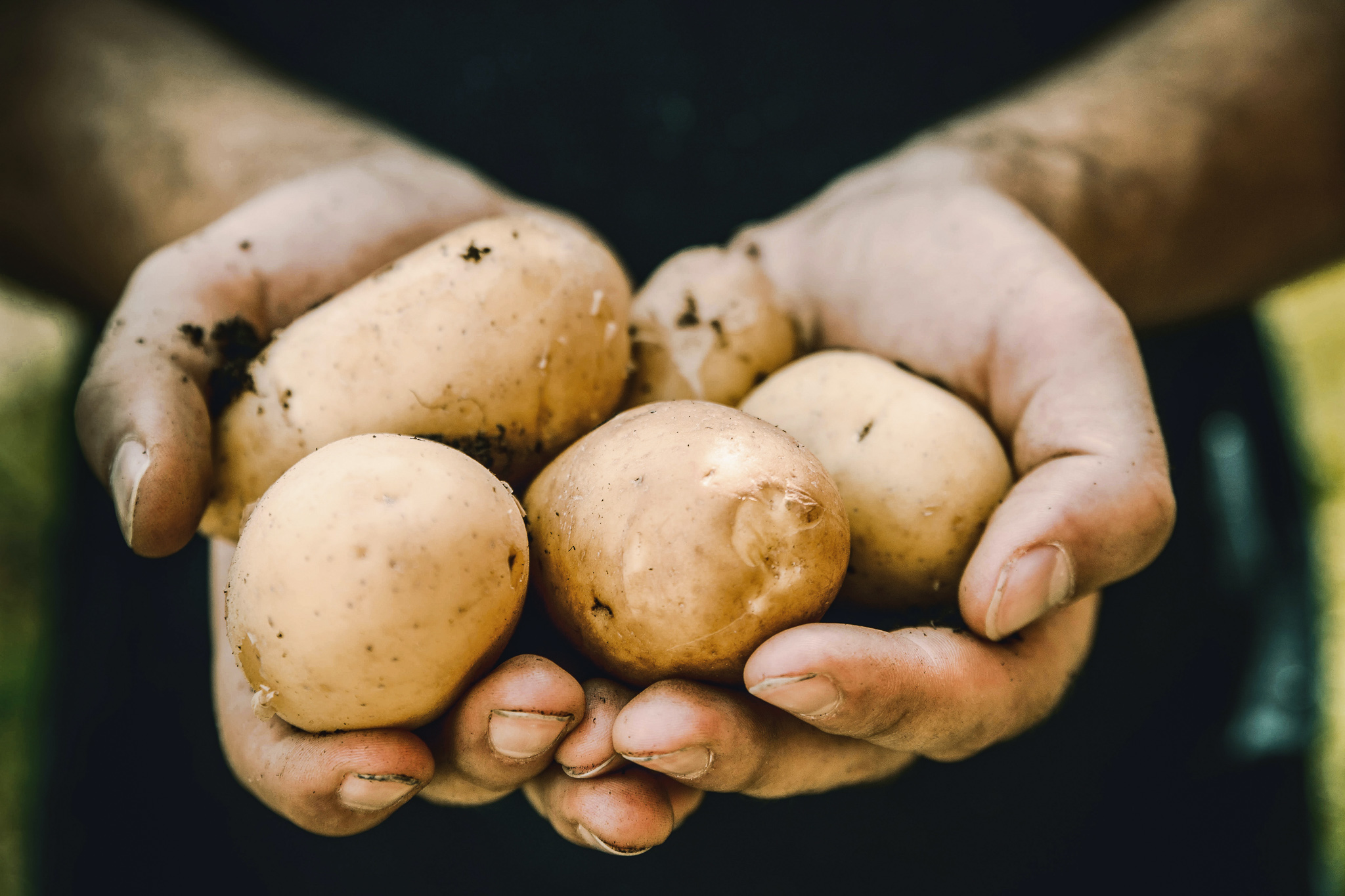
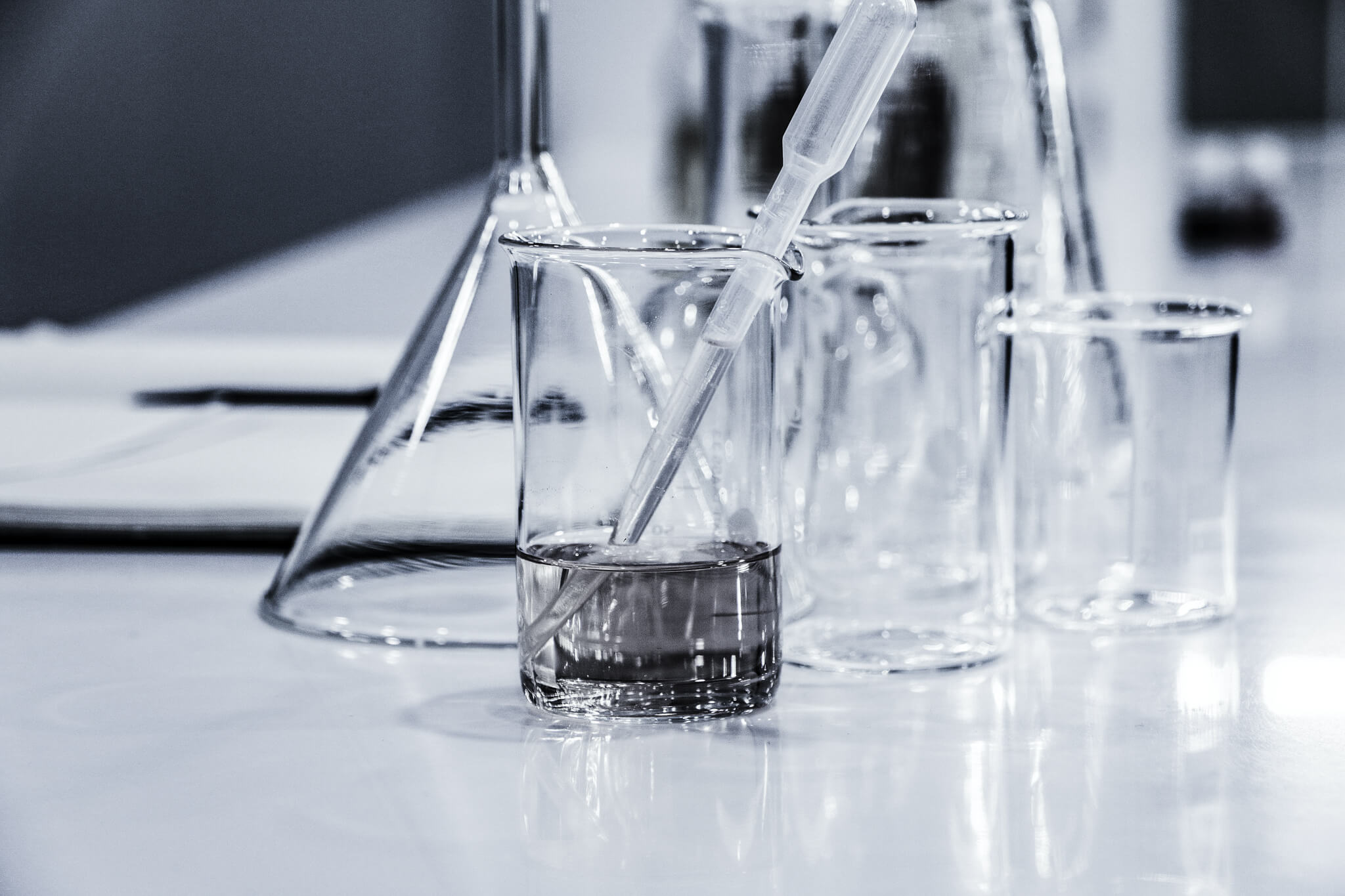
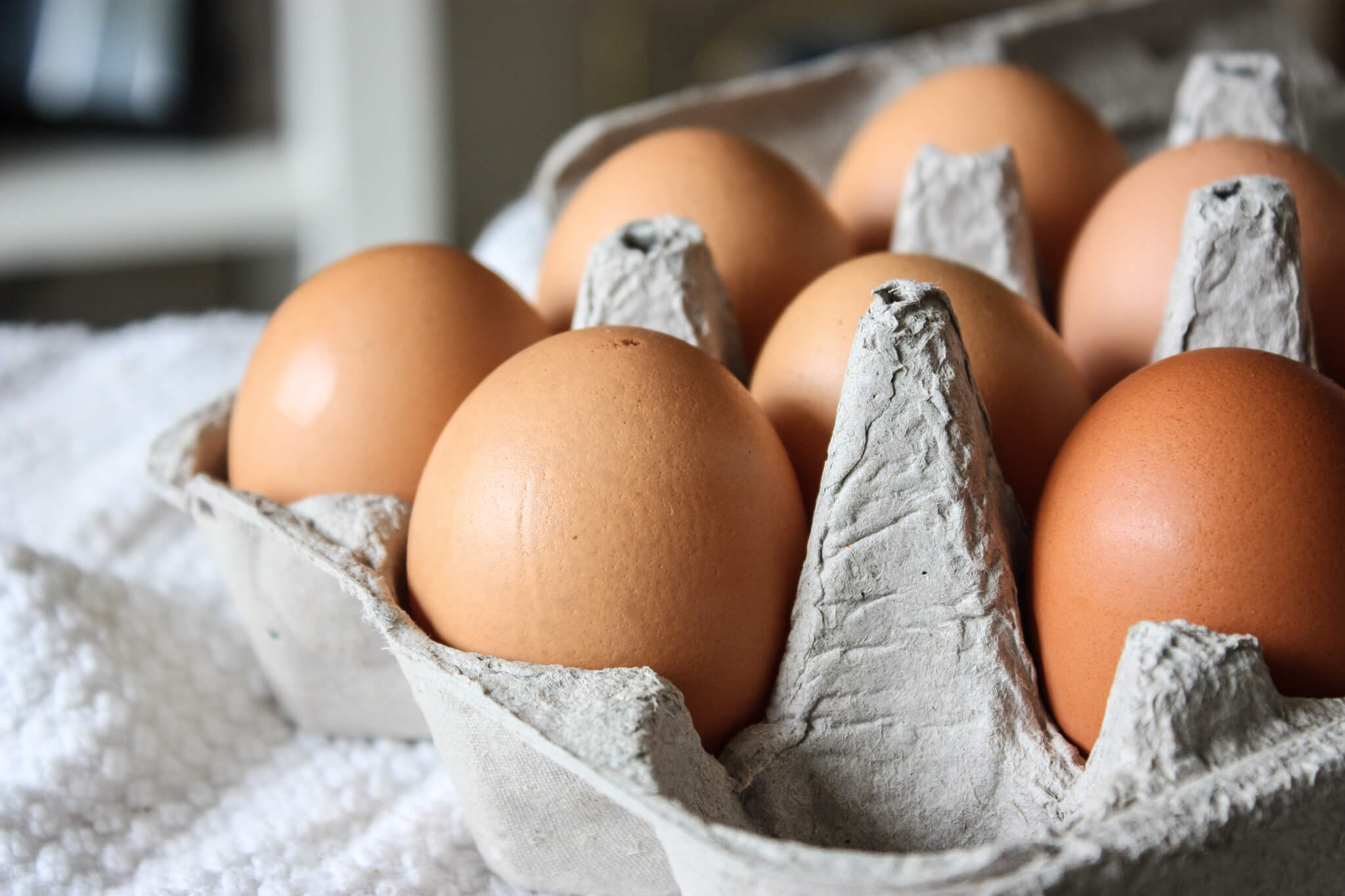
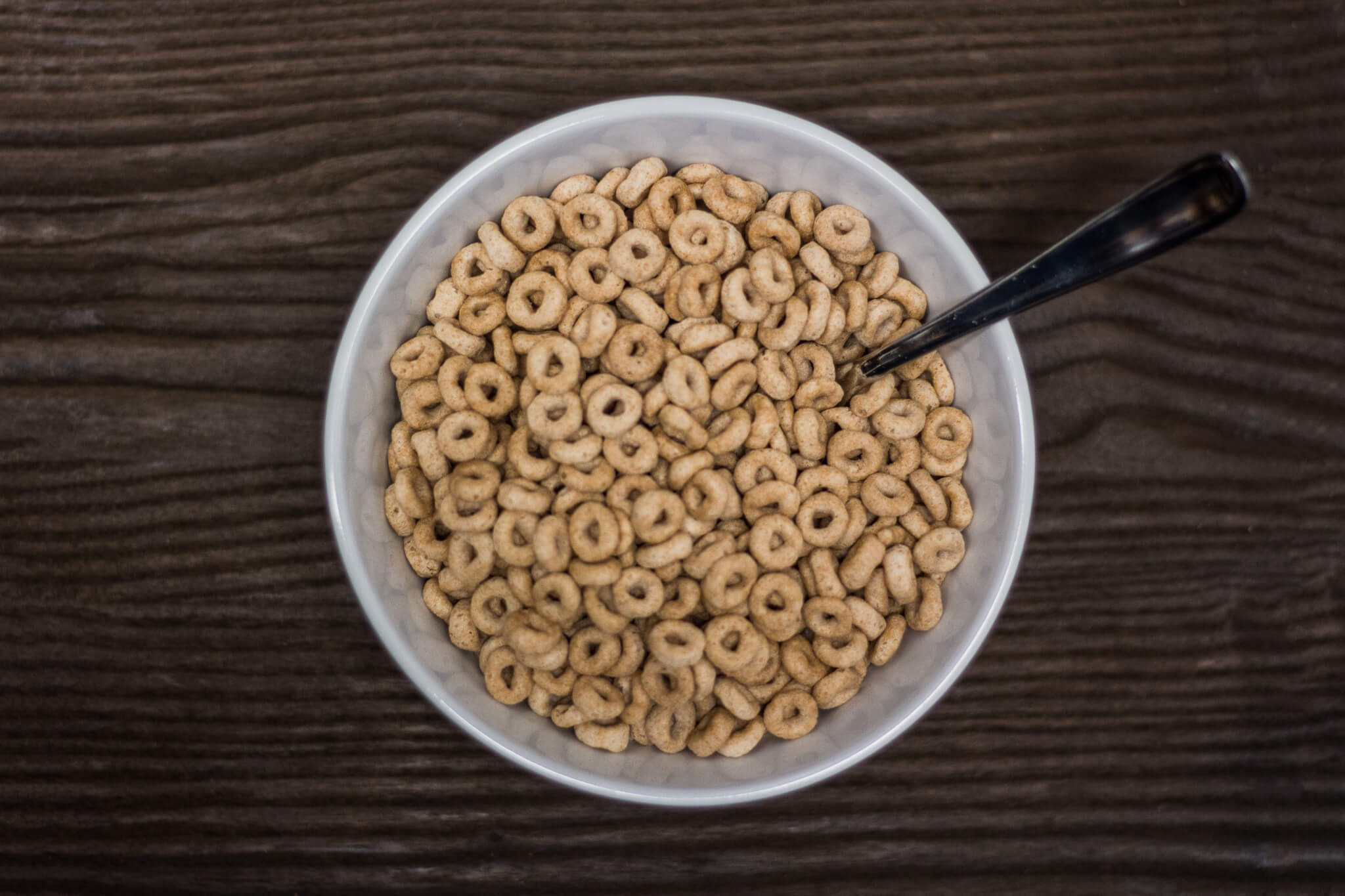
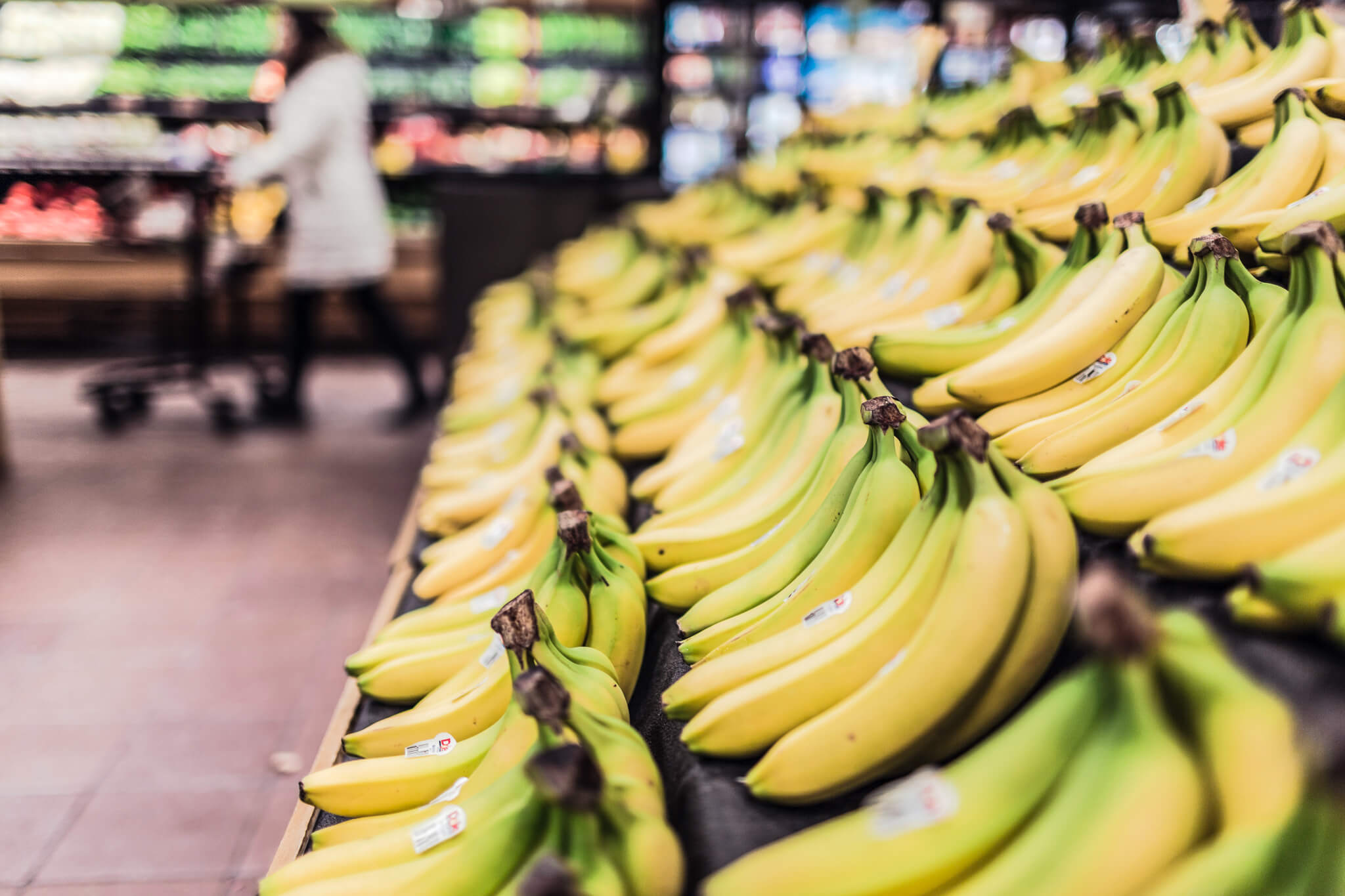
Your new website is so pretty and so well organized.
I am so glad you are writing again, you share information in such a friendly way. What a good way to tackle a challenging topic.
Thank you! I hope you enjoy all of the information to come!